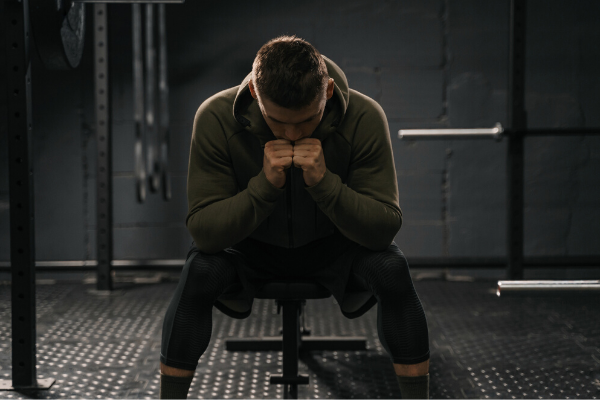Jessica Joiner, LCSW, LAC, has over a decade of experience working with those suffering from addiction, complex trauma, and co-occurring disorders. She uses her experience along with the extensive skills gained to address the many issues that arise for athletes.
In her workshop hosted by Harmony Foundation, Joiner discussed the prevalence of substance misuse among athletes, various ways of identifying “red flags,” and evidence-based interventions that can be helpful in combating the misuse of drugs and alcohol.
As Joiner explained, there are three main reasons athletes misuse substances: pain resulting from injuries, stress from incessant pressure to win, and the desire to enhance performance artificially. Over the years and decades, these reasons have stayed the same but the drugs involved are now more sophisticated than ever, with more options.
The statistics paint a grim picture. Substance misuse is prevalent in high school: approximately 19 percent of males and 14 percent of females binge drink in high school. 21 percent of teens use marijuana and up to 6.6 percent have used performance-enhancing drugs (PEDs).
It gets worse in college where 42 percent of students admit to binge drinking, 28 percent use cannabis, and around 11,000 NCAA athletes admit to taking PEDs. There is a strong correlation between concussions and alcohol use. “Having a concussion is actually predictive for alcohol use,” said Joiner. “If a high school student is entering college with a history of concussion, and we know about the correlation, we could put some measure in place to intervene before things get out of control. We don’t want them to get overwhelmed by the pressure of performing and the grades required to continue.” It’s much better to support them on the front end before things get out of hand.
Should players get drafted into the National Football League, the pain from injuries, the pressure to win, and the temptation to use PEDs get even worse. In the NFL, 51 percent of players use opioids and 71 percent of those athletes admit to misusing them. Many of the pills are not prescribed by medical doctors: 68 percent say they got them from other sources.
It takes only a few days to get addicted to opioids, Joiner warned, and professional athletes have easy access. Professional athletes tend to play through the pain and then “fix it” with opioids and other substances after the game, putting themselves at risk for greater injury and addiction.
Joiner then went over the possible consequences of such risky behavior, which include the impact on performance, health, relationships, and career—and in the worst-case scenario, death.
While substances were initially taken to enhance or maintain performance, escalating use will eventually compromise performance and wreak havoc with the athlete’s health. As is the case for all people with substance use disorder, addiction has “a definite negative impact on relationships.” If there is no intervention and treatment, players may end up with legal problems, a league suspension, or just get kicked off their team.
There are many examples of athletes falling into this trap. Former Boston Celtic Chris Herren struggled with substance misuse for much of his NBA career. While playing for the Celtics, Herren started to use opioid painkillers. In December 2007, he was charged with possession of heroin in Rhode Island and in the following June, Herren overdosed on heroin in Fall River, Massachusetts. According to the attending paramedics, he was clinically dead for 30 seconds.
Abby Wambach—widely considered the best female soccer player ever—was arrested for driving under the influence in 2016. Following the incident, Wambach published an autobiography revealing that she had misused prescription drugs and alcohol for many years.
After going into recovery, Herren started raising awareness of drug addiction and has now spoken to over one million students, athletes, and community members, promoting frank discussions about substance use disorder and wellness.
In the webinar, Joiner, too, stressed the importance of prevention and early intervention to attack this problem. Prevention should include educating everybody involved to raise awareness of mental health issues that often drive substance misuse, so parents, teachers, and coaches learn to recognize red flags. “From the outside, it often looks like they have everything”, explained Joiner. That’s why depression and anxiety disorders are often overlooked. Testing, screening and other interventions should be used in a supportive, not punitive way.
“We should stop just being reactive and be more proactive,” Joiner said. Coaches and trainers of athletes should not wait for a crisis to unfold and athletic programs should provide adequate mental health services for players (and other students). Treatment should not be perceived as punishment for bad behavior but as a concerted effort to heal psychological problems. “We need effective collaboration between therapists, doctors, school departments, and the community that facilitates integrated care,” Joiner said. Currently, too many people fall through the cracks because many athletic departments don’t provide nearly enough mental health professionals. Ultimately, a culture shift is required: our society’s approach to athletic injuries and mental illness needs to change significantly and we need more trauma-informed and stigma-free care—and not only for athletes.







